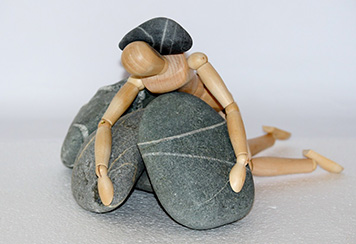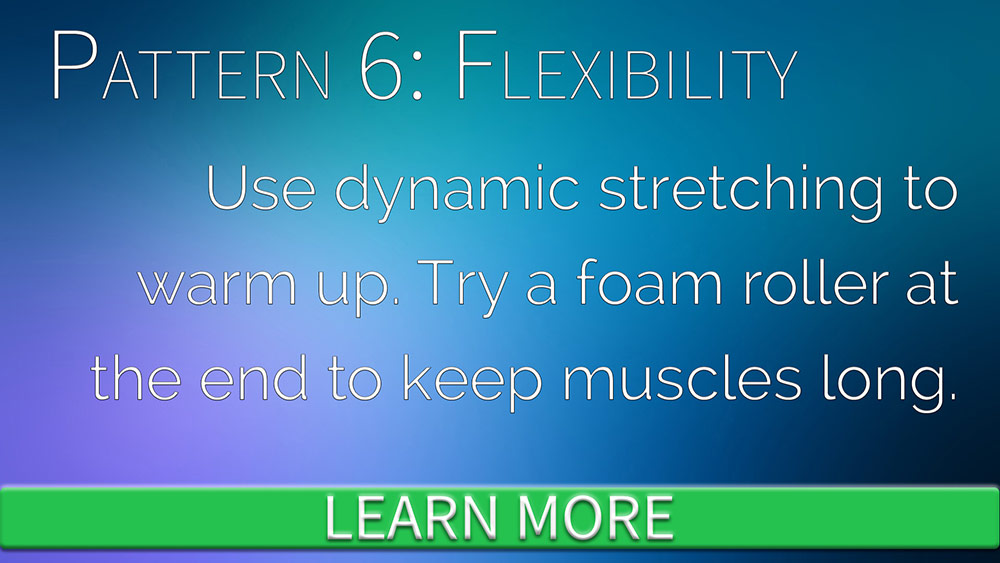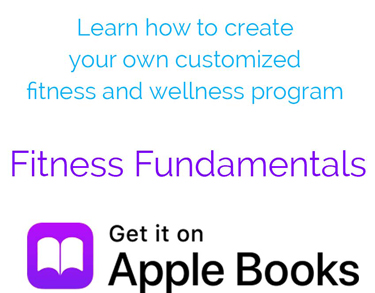The 8 Patterns of Fitness
In this series, I’m going to share some thoughts about the eight patterns of Integre8t Fitness. With these fundamentals in place, you can expect to see enhanced results from your mobile personal training plan. These concepts apply to all fitness and wellness programs. They are the patterns of your lifestyle. Within eight weeks, you can begin to make infinite progress.
#8Patterns1Lifestyle
#8WeeksInfiniteProgress
Balancing Flexibility
The sixth pattern, flexibility, is one most people glibly toss aside. It’s as if being able to move freely is somehow unimportant. Doing a minute of bouncing and grunting to begin, and then skipping it outright to finish is definitely not helping you. Healthy joints that perform efficient movements require a balance of strength and flexibility.
Too little flexibility against strength, and you will lose range of motion. This creates movement inhibition imbalances that then destabilize the joint and increase the chance of impingement and tearing injuries. Conversely, too much flexibility against strength, and the joint destabilizes yet again. This time because the appropriate amount of tension is no longer limiting your range of motion. Going too far beyond the appropriate range of motion is equally dangerous, leading to sprains, strains, and ruptures.
Just to clarify: Flexibility training should not be agonizing.
It will be important for you to learn the difference between discomfort and pain. Discomfort is a warning to approach a motion or position carefully, to allow yourself to ease into the stretch. Avoid forcing yourself to cross the line into pain. Pain is never okay: If you experience sharp, jabbing, cutting, searing, or tearing pain, stop what you are doing. Conversely, if you have been in a stretch for a while and it hurts to come out of it, this indicates you were in the position too long.
Appropriate warm ups
Also, walking on the treadmill is not an appropriate warmup, unless you are then going to or do some other type of locomotor activity. Examples include walking, dancing, jogging, and running. Doing cardio to warm up does not necessarily prepare your body for other activities. Movement before training is definitely important; however, the dynamic stretches should relate to what you are about to do. For example, doing 10 minutes on a stair climber to then do bench presses is an inappropriate warm up.
Dynamic stretching is slow, controlled movement. It activates the joints, connective tissues, nerves, and muscles that will be responsible for the day’s session. We’ll focus on chest activities for consistency’s sake.
If you are planning to do bench presses, you should perform dynamic actions that mimic that type of movement. Here are some suggestions:
- For Dynamic Tension, you would press your arms slowly in front of you. Pretend to push a heavy weight away from your body. Imagine you are trying to push slowly through a vat of molasses.
- If you prefer calisthenics, you could do a variation of pushups. For fullest range of motion, stand in a doorway. Place a hand on each side of the door frame, and perform 10-12 standing pushups. Move slowly as you lean forward through the doorway. Push yourself back to standing.
- If you want to stick with free weights, lay on the bench and do a set of 20 reps with light dumbbells. You might also use a bare barbell. Focus on the full range of motion, not the exertion under tension. This is the warm up, and we don’t want to sap your strength before you begin the actual work out.
When to do different types of stretching
Avoid static stretching before or during strength training. It lengthens your muscles immediately prior to exerting them, reducing their ability to create tension and thus temporarily reducing strength. Going into a stretch and holding it before strength training can cause you to reduce the volume of your effort. Save static stretches for the end.
Ballistic, bouncing, or swinging stretches are better at this point. It keeps muscle tissue from getting too short between sets without triggering your muscles to pull back reflexively. They do this to protect themselves from over-stretching. On chest day, an example would be swinging your arms front and back, alternating between hugging yourself and then opening your chest with pulses of stretch.
After your session, perform a few slow repetitions of your dynamic stretching (e.g. the standing doorway pushup). At the end of the last repetition, stay for 10-20 seconds in the longest part of the stretch (e.g. with your elbows deeply bent and your chest pulled furthest open). Exhale into the static stretch and relax. Come out of the stretch slowly, and perform the same type of cool down for any other directions you used (e.g. chest flies).
Advanced Techniques
A more advanced type of stretching at the end, Contract Release Technique, often involves a partner and makes use of that person’s weight or resistance. For a post benchpress movement, your friend would stand above you while you are laying on the bench, as if s/he were spotting you. This person would put their fists into your palms and give you some of their weight to push against as you maintain your arm position half way down. After five to 10 seconds, your partner will back off the resistance a little, but still press down as you slowly resist but allow your elbows to be pressed downward. Your partner is pressing you into an even deeper stretch. Hold there for 10-20 seconds, then come out of the position slowly.
Myofascial release uses pressure and massaging to flatten and elongate both the muscles and the fleshy bags (fascia) that surround them. Foam rollers, tennis balls, rolling sticks, and other objects or surfaces that put concentrated pressure on the muscle cause it to release. Use a slow rocking or gliding motion for several passes back and forth. This can be done with or without a partner.
4 Sessions per Month
Save $100- Free Evaluation
- $100 per session
- 1 session/week
8 Sessions per Month
Save $140- Free Evaluation
- $95 per session
- 2 sessions/week
12 Sessions per Month
Save $220- Free Evaluation
- $90 per session
- 3 sessions/week
Recent Updates

Glycemic Index vs Glycemic Load
This score indicates how damaging a food will be to your blood sugar levels. Foods that score 0-55 are rated low impact (and thus presumed to be better for diabetics and those looking to maintain healthy weight and/or body fat ratios), but this is not the whole picture.

Caffeine: 14 better options to ease SAD
Nearly a year ago to the dot, I wrote an article about Seasonal Affective Disorder (SAD), but there I focused on the importance of getting access to a full range spectrum of light. Here I’d like to focus on caffeine and sleep’s effect on SAD. I’ll also offer suggestions for what to do to help you feel better on the dark days.

Avoid fish oil supplements
I don’t generally promote supplements. Most of them play to specific, isolated points of medical research to serve as a magic pill. One remarkable example of this is fish oil.



